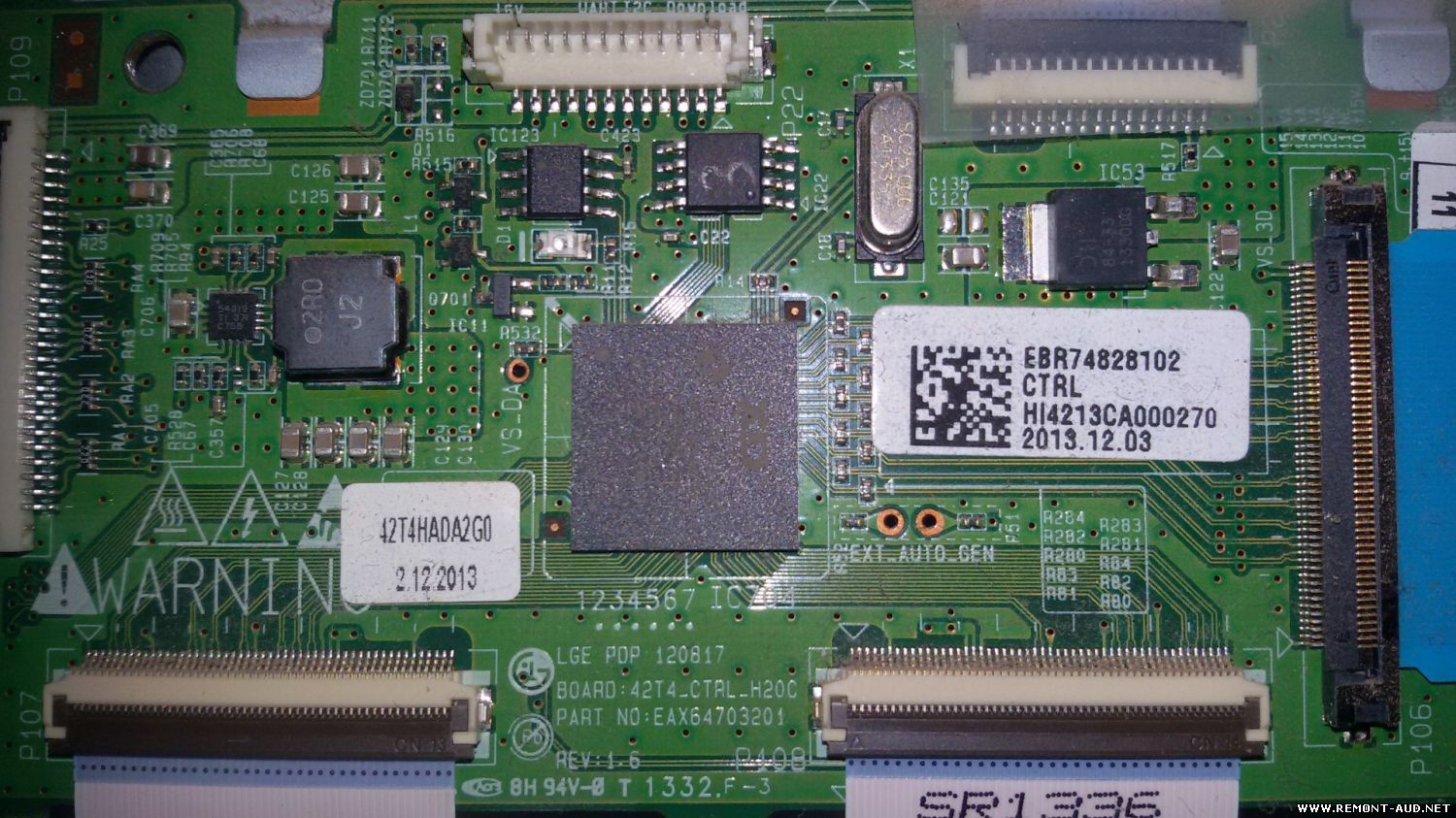Conversely, for a normal boot, GPIO0 must be pulled high or floating. When you buy a new ESP8266 or an ESP32 microcontroller development board, they are invariably installed or flashed with either an AT firmware, a NodeMCU firmware, or a Micropython firmware. If they get erased or corrupted or you simply want to install an updated firmware, this article will help you install AT firmware on ESP8266 and ESP32 MCU boards. After completion of firmware flashing, close the tool, open Arduino IDE serial monitor, press RST butoon on ESP8266 and check for new firmware. Now you can continue to follow 1.1 Configuring the ESP8266 to set the working mode and baud rate of the ESP8266 module.
- Just change the file extension to .bin and open it in the hex editor of your choice.
- Family moments are precious and sometimes you want to capture that time spent with loved ones or friends in better quality than your phone can manage.
- This instructable is about updating or reverting the firmware on your ESP8266 to the Factory version.
- We recommend creating a project folder to save that file, for example, called Blink.
- Devices with an USB upload port typically have a serial programmer built in, such as NodeMCU, D1 mini or M5Stack products.
You are also going to need a serial to USB adapter in order to connect the board to the USB port of your computer. There are clear and concise instructions within the official documentation explaining how to flash the firmware but many may find this a little hard to follow. If you http://mgt.unida.gontor.ac.id/upgrade-your-oppo-a3s-with-ease-step-by-step-guide/ have bricked your NodeMCU or just want to load NodeMCU on to a fresh ESP8266 device, you are going to want to flash new firmware to your board. You can also download the nightly openHASP firmware.zip file from the Actions tab on Github. If you have the drivers installed, but you can’t see your device, double-check that you’re using a USB cable with data wires. Select the files you want to download to ehs ESP8266, and specify their memory locations according to the table above. If you have a NodeMCU dev kit then you don’t need to do anything, as the USB connection can pull GPIO0 low by asserting DTR and reset your board by asserting RTS.
Thus it’s important to always cross-check with the datasheet to ensure correctness. Correspondingly on Linux we have the ELF (Executable and Linkable format) file which serves the same purpose. They have a header which describes how the file will be laid in memory when executed.
- It is a very lightweight and free app and runs on many old versions of iOS as well.
- In it, you don’t get many editing tools, thus it is not an ideal software to edit a large binary file.
- Choose a “random” external port number to minimise any unwanted intrusions.
- The EEPROM update is normally not needed as it contains only hardware description.
Thanks popey for explaining why just copying the .bin file didn’t work. Select Configuration on device menu and open a terminal emulator program on PC. To configure the device using AT commands (while connected to an MDK or UDK2), refer to Configuration Mode for details. Ultimately, you can open any BIN file with a hex editor, such as Hexed, regardless of its purpose.

Plus, it is also quite good for the analysis of binary data. Besides editing, you can also use these binary file editors to view binary or hexadecimal file data. According to your requirements, you can change the character sets, font, and font color in some editors to adjust the viewing experience. These software also offer some handy searching tools (search, go to, find, etc.) through which you can find the desired data.
